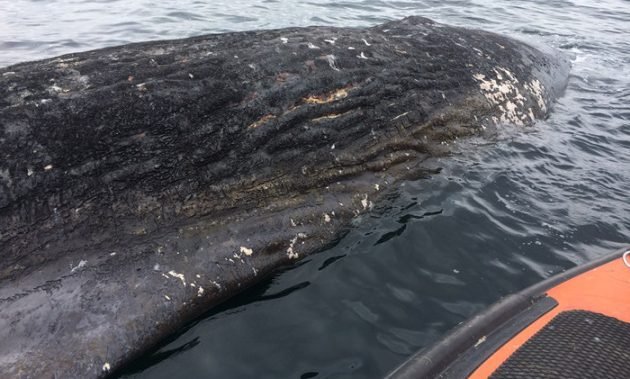OF THE
TIMES
History will have to record that the greatest tragedy of this period of social transition was not the strident clamor of the bad people, but the appalling silence of the good people.
"this move would be sure to drive up tensions with Washington" I guess it wouldn't occur to anyone that perhaps China doesn't really give a damn...
The job cuts — targeted members of Google's "core" team, which works on the "technical foundation behind the company's flagship products" as well...
Just image what the US economy could be like if all those hundreds of billions of taxpayer dollars sent overseas to fund the never ending US wars,...
conflates legitimate criticism of the Israeli government with bigotry that some's it up
Well I've been saying this for a while now. I was seeing rapid decline and businesses dying all around me in Nov 2023. I'm talking real day to day...
To submit an article for publication, see our Submission Guidelines
Reader comments do not necessarily reflect the views of the volunteers, editors, and directors of SOTT.net or the Quantum Future Group.
Some icons on this site were created by: Afterglow, Aha-Soft, AntialiasFactory, artdesigner.lv, Artura, DailyOverview, Everaldo, GraphicsFuel, IconFactory, Iconka, IconShock, Icons-Land, i-love-icons, KDE-look.org, Klukeart, mugenb16, Map Icons Collection, PetshopBoxStudio, VisualPharm, wbeiruti, WebIconset
Powered by PikaJS 🐁 and In·Site
Original content © 2002-2024 by Sott.net/Signs of the Times. See: FAIR USE NOTICE

Reader Comments
to our Newsletter